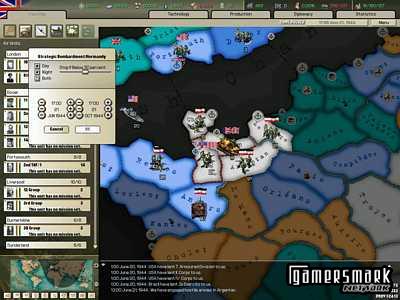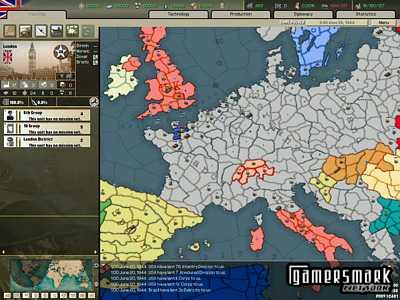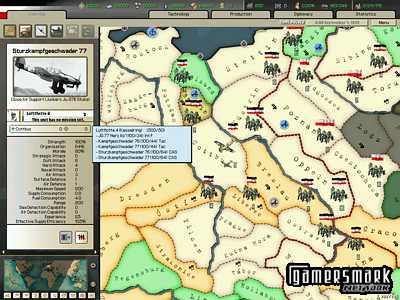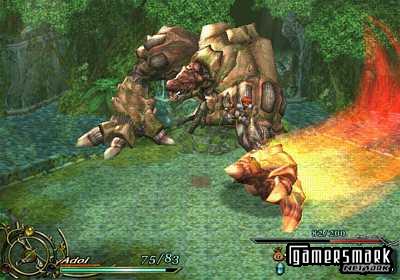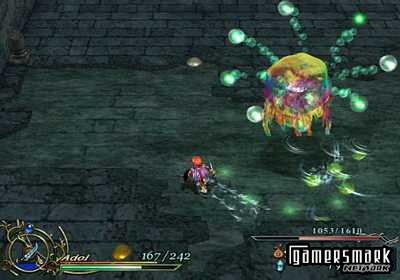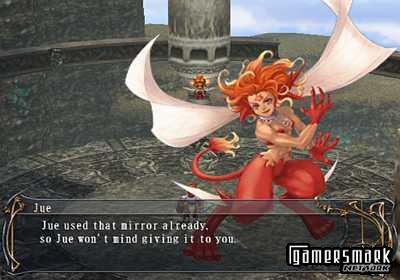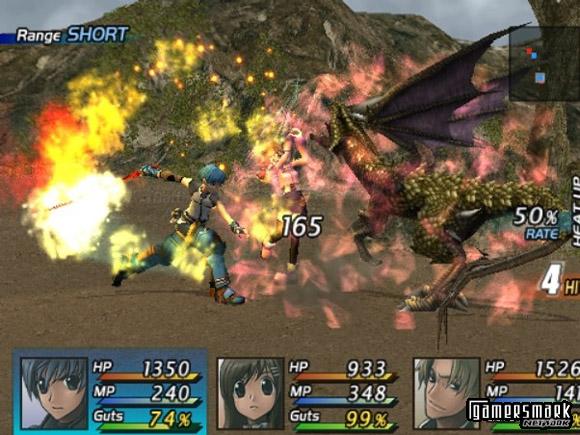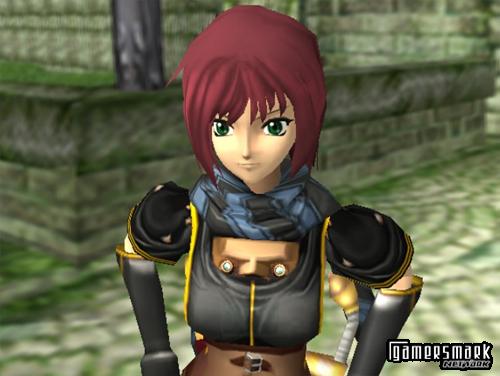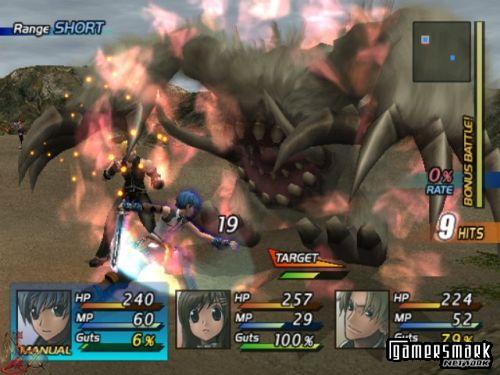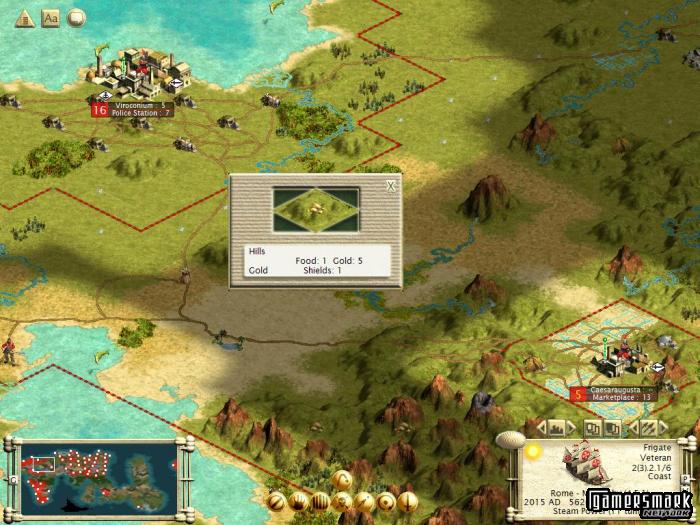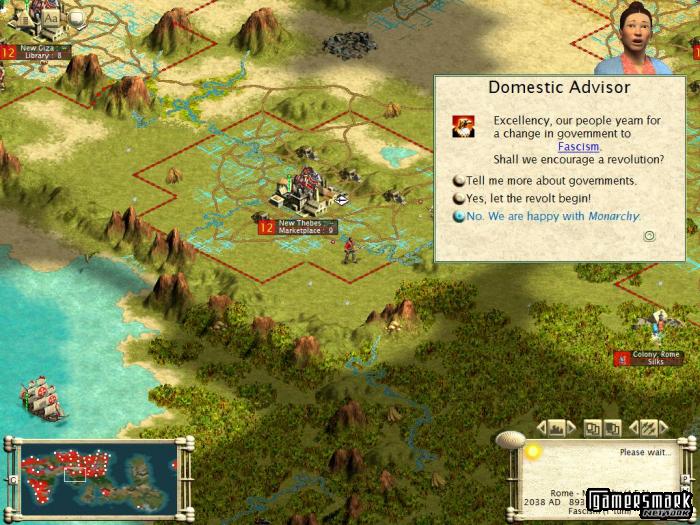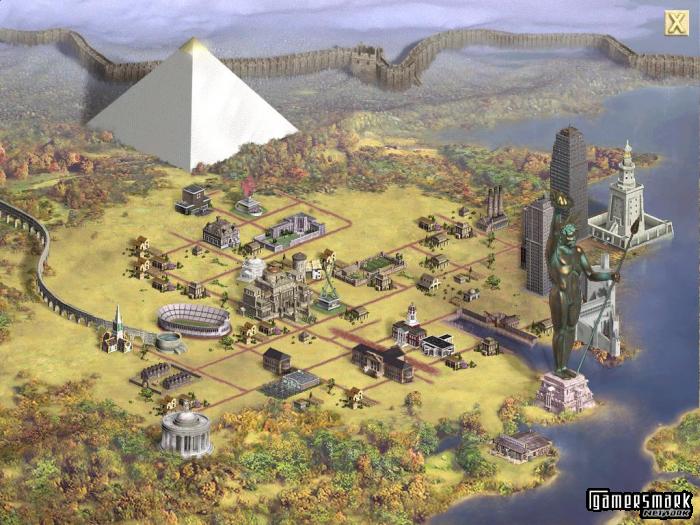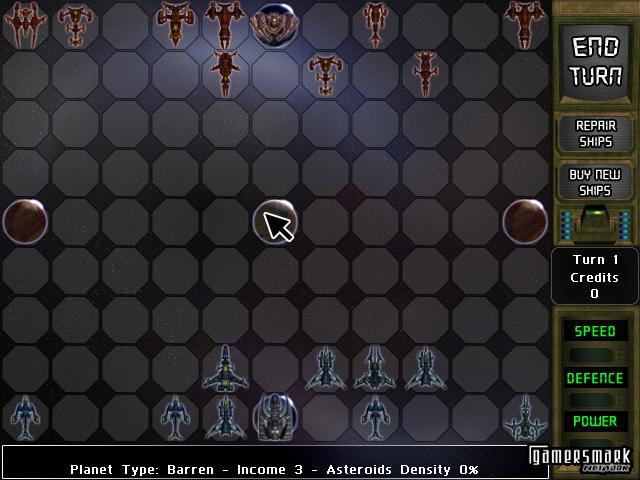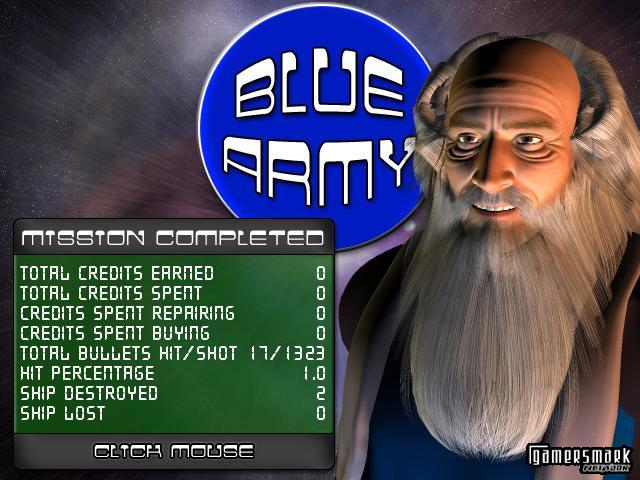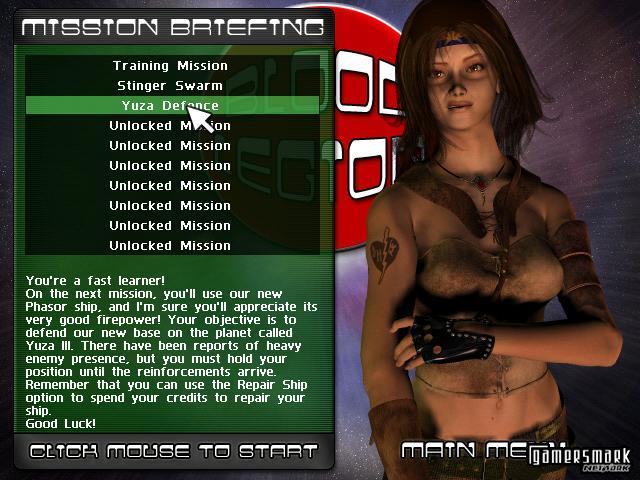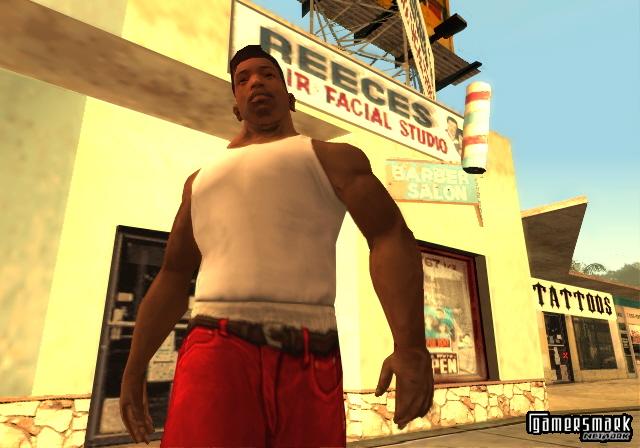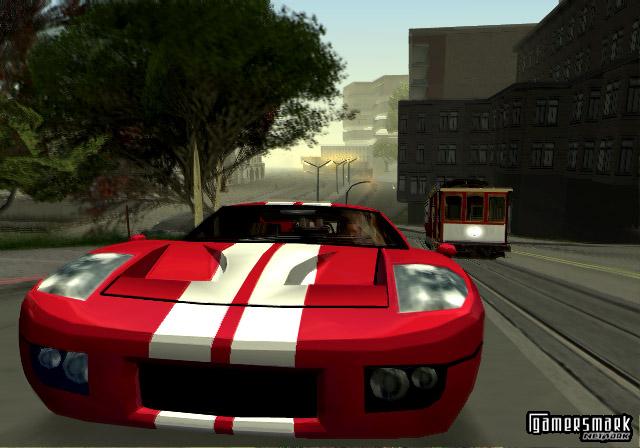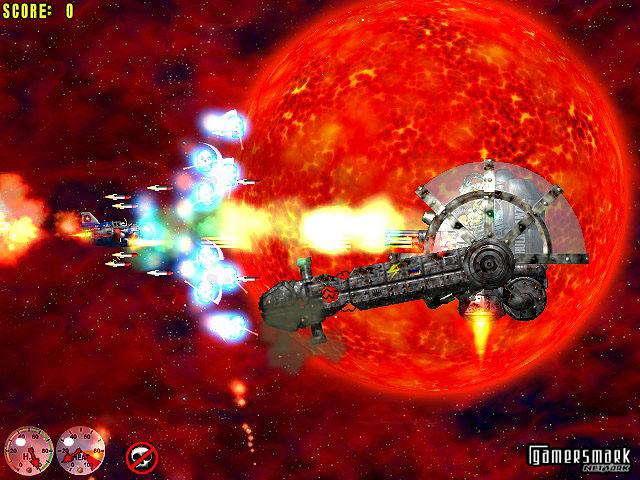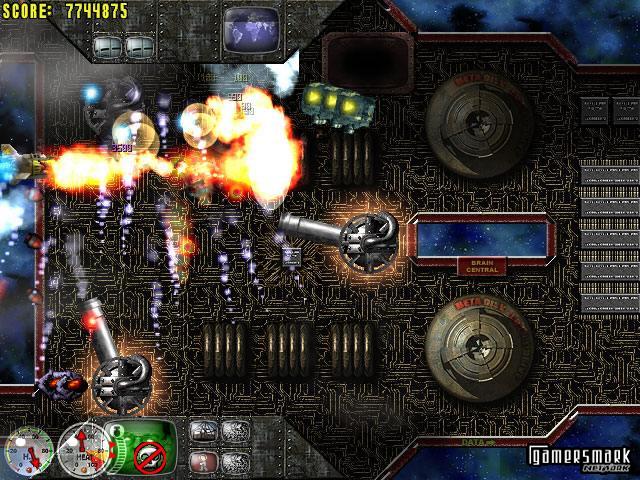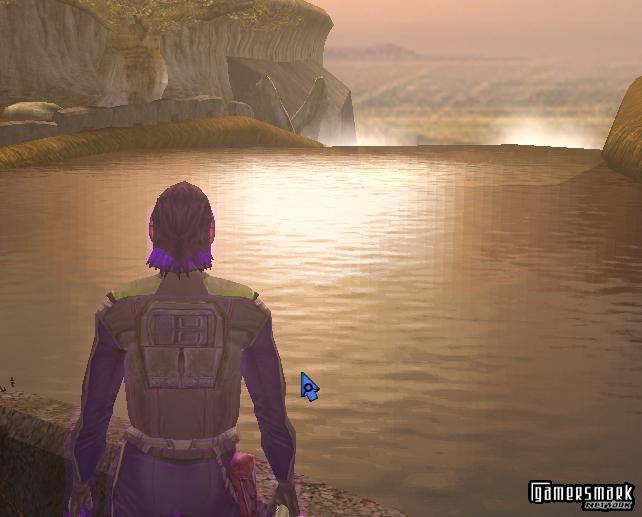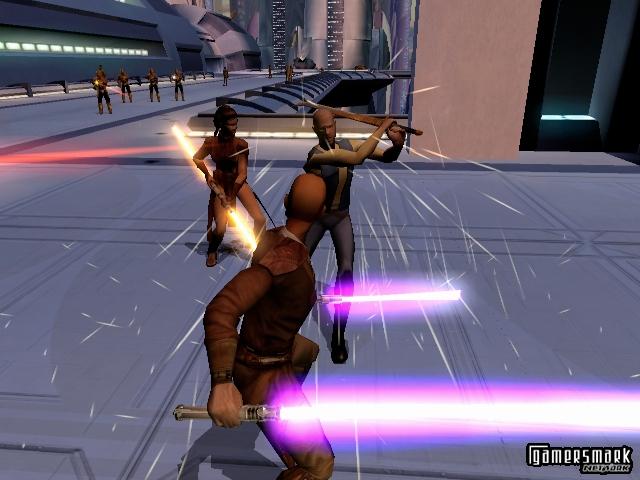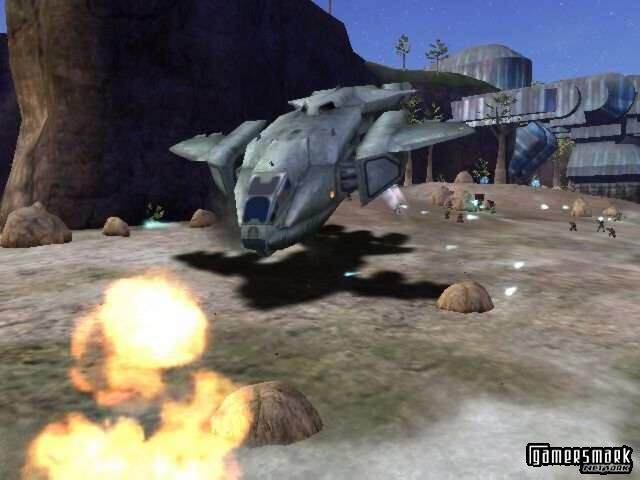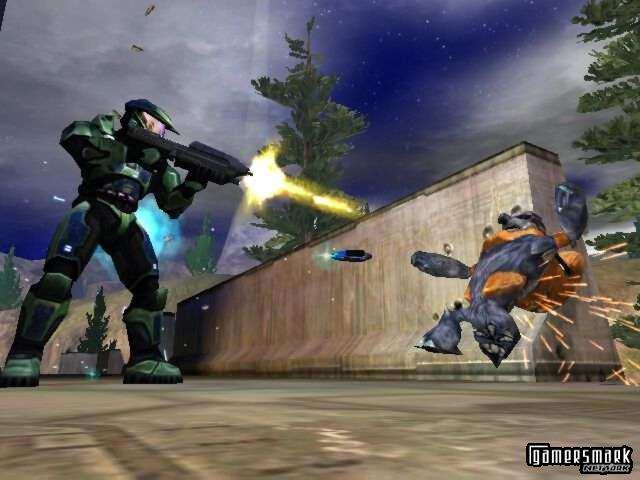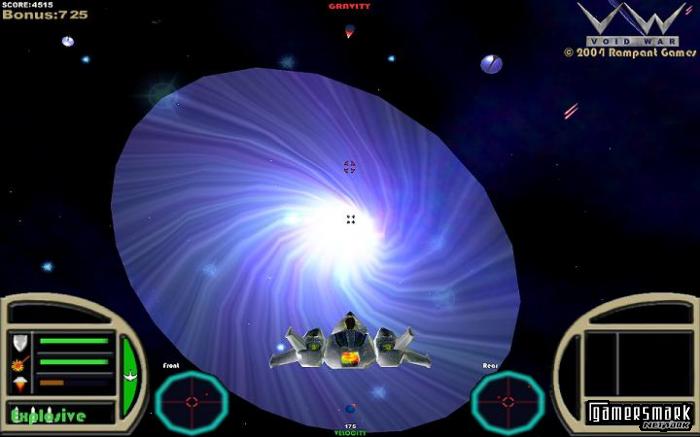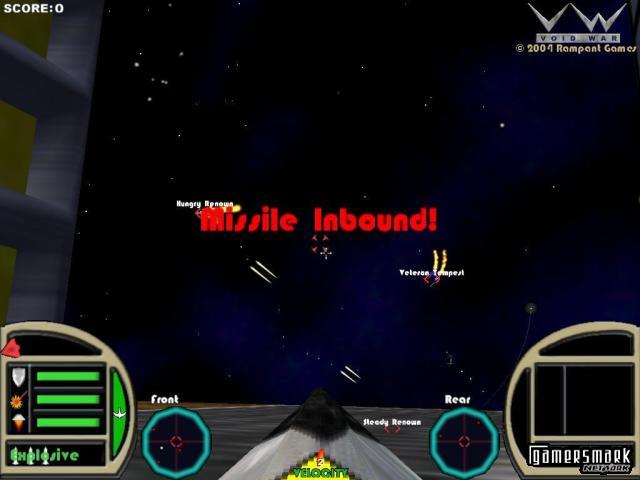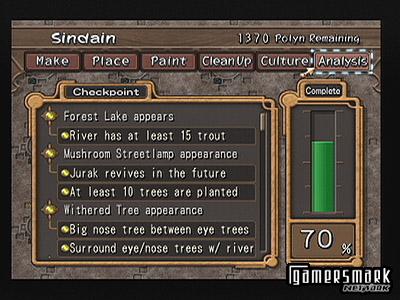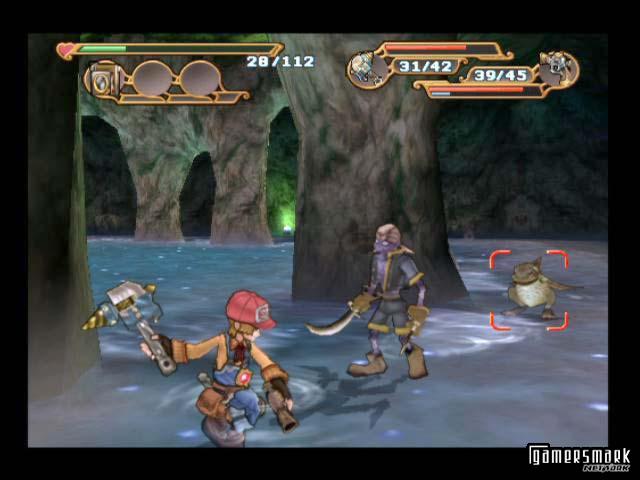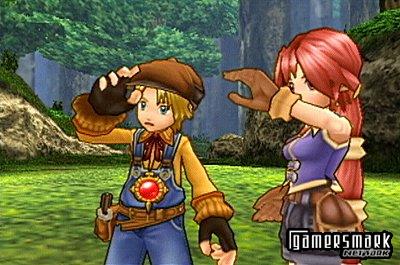Developer/Publisher: Paradox Interactive || Overall: 8.2/10
Hearts of Iron II, like all World War II games, aim to be realistic and mirror some aspect of the time period. While Battlefield 1942 places you physically on the battlefield and Axis and Allies focuses you on particular battles, Hearts of Iron II aims to represent the war as a whole, on a worldwide-scale grander than either of the aforementioned games could accomplish. Hearts of Iron II places you in the dictator’s seat, looking down at the whole world as more than 2,700 land and sea provinces ready for you to conquer with imperialistic greed, or to stop those who aim to do so.
When you first start the game there are three modes to chose from, Tutorial, Single Player, and Multiplayer. Simple enough. That is, until you actually start to play. If you hadn’t played the first Hearts of Iron, and not really knowing what to expect when playing the game, like I had been, you will be overwhelmed within your first thirty seconds of play. There is so much information given to you right off the bat, that when they just toss you into the scenario, you won’t be able to keep up with what’s happening in the game at all. The sheer magnitude of what hits you is daunting. Until you actually build up enough courage to brave the overwhelming feeling that Hearts of Iron II gives you right off the bat, will you find a very fun and very realistic representation of World War II that you don’t see pulled off too often.
The main view looks like one of the tactical maps that you see in a war documentary, showing an army’s movements in general, without the specifics. Depending on which country you chose to play as, you will basically declare war on countries and take them over. What happened in history has no real bearing on what you can do in the game, such as actually being able to successfully invade the Soviet Union with German troops or take over the United States with the Japanese armed forces. However, when you’re on your imperialistic rampage, you have to constantly look out for all of your borders, as you may not have enough troops to occupy each province you annex into your country. Because of this, you have to deal with constant annoyance of having occupied territories taken over by your enemies and having to retake them over. The process repeats itself over and over, and you can’t get ahead too easily when it comes down to it. To make things somewhat harder, time progresses in an accelerated real-time (which can be slowed down or sped up according to your preferences), so not only do ten things happen at the same time, but you have to decide what to do with a relatively quick fashion, definitely keeping you on your toes. However, if the game gets too far ahead of you, you’re able to pause the game and deal with what had just happened. With a ton of provinces to take over, you’ll definitely be busy trying to advance your troops, conduct trade agreements, protect your borders, fend off pesky airplanes, produce more units, advance your technology, keep an eye on your supplies to make sure you don’t run out, tell your provinces what to build, and keep up with the ever-changing situations that arise, that you’ll constantly be checking on certain things while forgetting about others. It really takes a lot of initial practice to understand how the game works basically, before you can really understand how to play the game efficiently. For those who have a hard time getting into the game, the developers graciously put in a Tutorial mode. For those who try to jump into the game and see how it works, but just come out of the experience confused and on the brink of depression, the Tutorial is definitely for you. The Tutorial is broken up into smaller chunks, and if you want to concentrate on warfare (which IS the main aspect of a war game, after all), you can, and come back to find out about the other parts of the game later. Using the Tutorial to learn the basic mechanics of the game will definitely help you understand.
Being purely a strategy game, you do not really see your units actually fighting with your enemies. There are animations for your armies to show that they’re currently in a battle, but for the most part you just have to know that you are attacking. An annoyance that happens with the game when you’re controlling your units is that not all your units are actually displayed on the screen at all times. When units like airplanes or naval craft are in their respective ports, you have to click on the port itself to even be able to take control of them, instead of just dragging your mouse over it like you would with other units. This becomes annoying because it becomes hard to actually know how many units you have on the map. The map also has different views to it as well, allowing you to see different characteristics such as terrain, wealth, political boundaries and much more. I tend to use political boundaries the most, because it’s the most direct as to who owns what and what you have to take over.
Being able to take the head of nearly any country in the world and rule it how you see fit during this time allows for some very interesting information you otherwise probably wouldn’t have known about. I personally never thought about what Afghanistan, India or some other pretty much insignificant country was doing during this time. The only countries you really even hear about fighting in World War II were Germany, Italy, France, UK, Japan, the Soviet Union, and the USA, though they were the major players. This gives the chance for you to read up on the very in-depth information about the world and the different countries. Each country has their own technologies to develop, and loads of information down to the finest detail. Very historically accurate events do occur during the game, but can be changed drastically by how you control the game.
When it comes to the artistic points of the game, the game delivers a satisfying experience. There’s an excellent musical score that goes well with the game and what is happening (a world war), so it seems fit that there’s orchestrated music playing that feels, for the most part, empowering. The graphics, however, are not that great. The provinces throughout the world are nothing special, as they’re usual just solid colors, and don’t actually show any “real” terrain on it. Everything is color-coded, thus making it fairly simple to look at. There are also many black and white pictures from history of authentic tanks, people, technologies, and the like, which adds some more educational value to the game, seeing as you may not have known what a particular model of a tank looked like back then. When it comes to how units look on the map however, it gets very bland as the unit animations are nothing special, to say the least. You don’t see any action, per say, except you see the units looping their animation over and over to just show that they’re under attack or attacking something. It can get fairly boring, but like I had said before, you’re preoccupied with so many different things, like planning ANOTHER attack on a different front that you will kind of not even care that you don’t see any explosions.
Another part about the game is that things may not happen for a while, because in actual history, things took days or even weeks to happen. This is reflected by the gaps of nothing happening during your play time that can occur if you’re not constantly attacking someone, or waiting for a certain unit to be built, in which it’ll take a month or so for it to actually be built. Regardless of the accelerated time, a month is a long time to wait, so you definitely have to plan ahead whether or not you’re going to need a bunch of infantry troops all of a sudden, or if you’re going to need a particular technology researched in enough time to help you out. On a side note, from what I’ve seen, you’re not able to commit genocides or stick a whole race in a concentration camp (like the Germans did to the Jewish and the Americans did to the Japanese). I guess you just kind of have to assume its happening, as the main aspect of the game really relies on military and political difficulties.
Being a PC game, the game’s recommended requirements say that you should ideally have 512+ mb of RAM, a Pentium III, and an 8 MB video card or better. So if the only computer you have is the old hand-me-down you got from your great-aunt whom just passed away, you’re probably going to have to invest in a little better of a computer to play Hearts of Iron II. With the sheer vastness, complexity, and consistent evolution of certain events that occur during the game, it makes sense. The minimum requirements are less demanding, but in all honesty, you probably won’t have as good of a gaming experience when it comes to Hearts of Iron II, or many of the more demanding games being released.
Boasting the capability for 32 people to link up in multiplayer, one can only imagine the crazy games that can unfold. Hearts of Iron II itself reminds me of the User-made World War II scenario maps for StarCraft multiplayer games. If you’ve ever played the World War II map for StarCraft, the basic fundamentals of this game can be seen. However, those multiplayer maps could never accomplish the complexity (or even display historically accurate units) that Hearts of Iron II has done. During multiplayer, when you deal with another country diplomatically you’re going to have to take into account you’re playing with a human, and the chances that they know what they’re doing better than you know what you’re doing is probably going to be higher, unless you become a seasoned veteran through many many sleepless nights.
If you’re looking for the most historically accurate representation of World War II, Hearts of Iron II is your game. Hearts of Iron II is a history lesson in itself, and you can really learn a lot of the abstract, mostly unimportant facts you don’t come across too often without really looking for it. World War II history buffs and the like will absolutely love the game for the sheer amount of historical value included in the game. Being able to go through World War II from day one to the last day of the war is an arduous task that only a fanatic would probably want to undertake.

